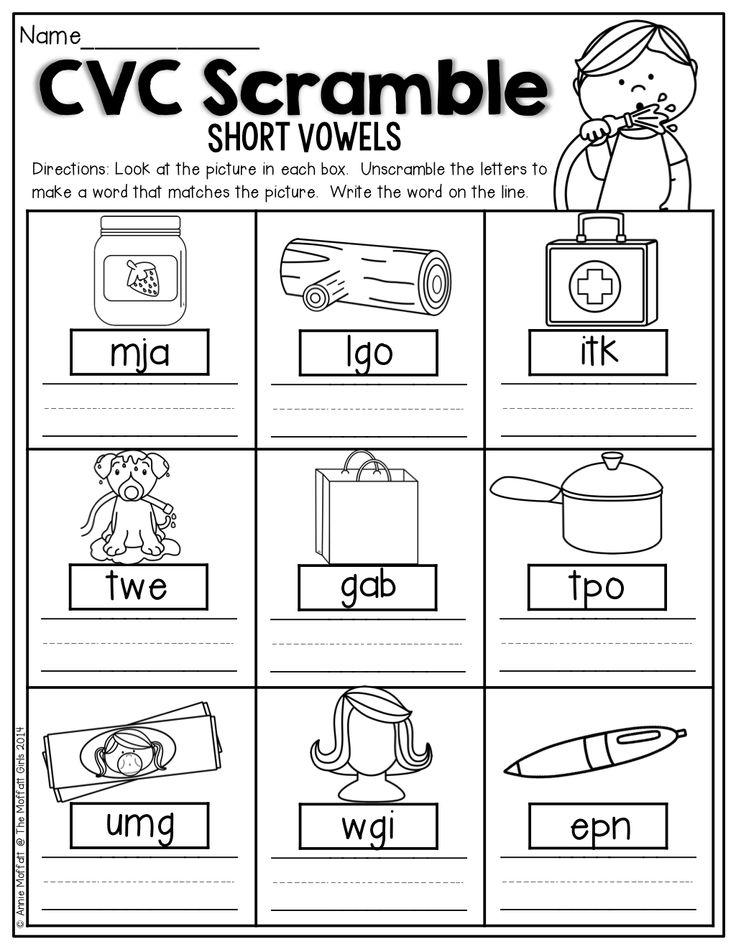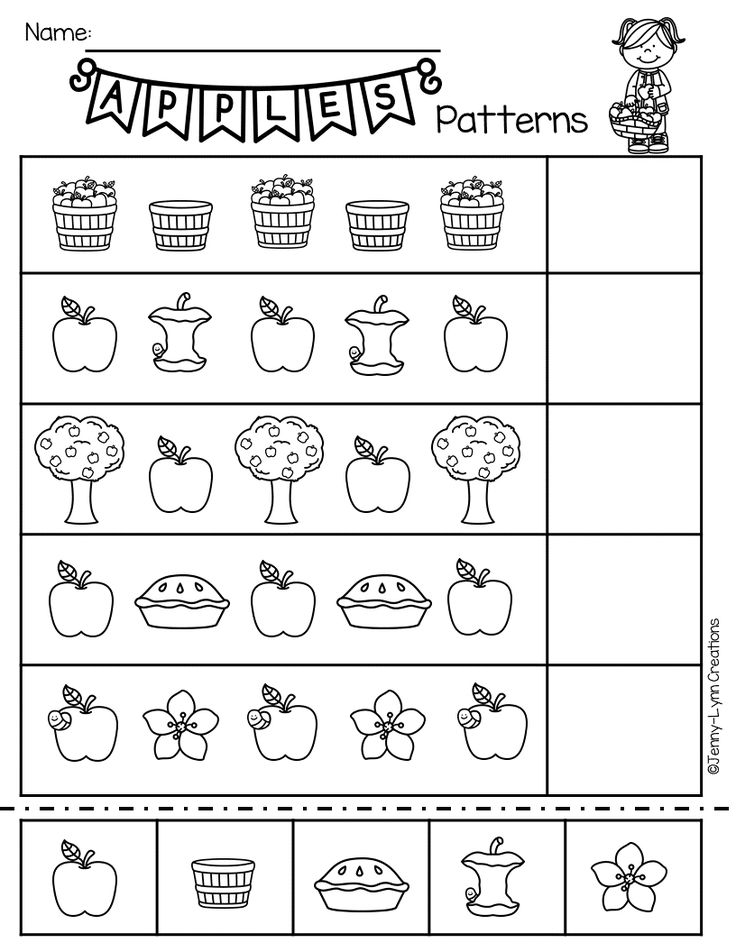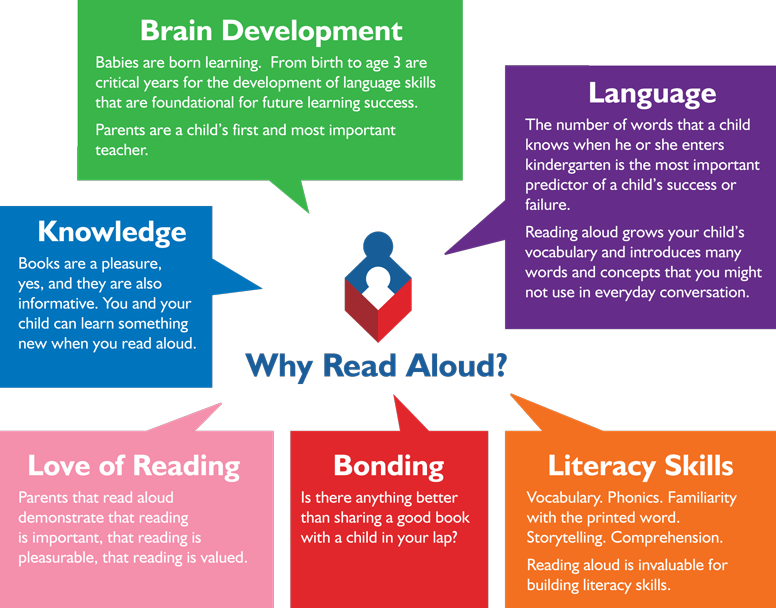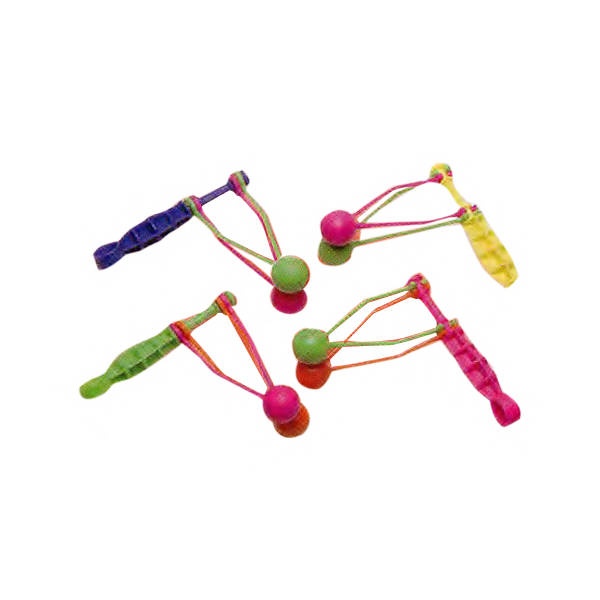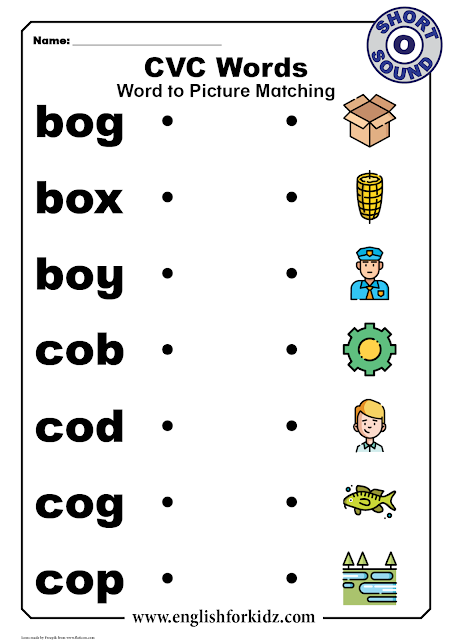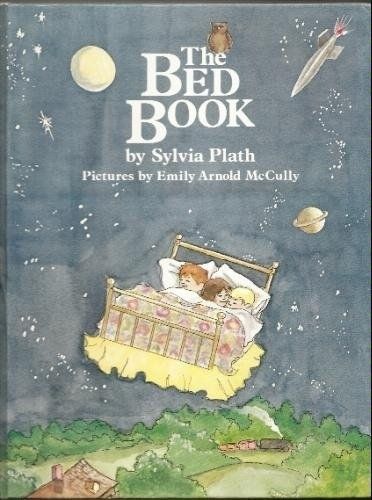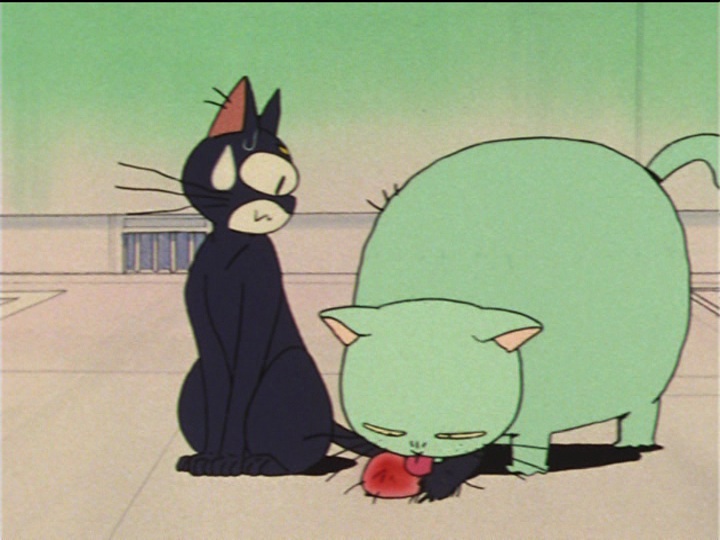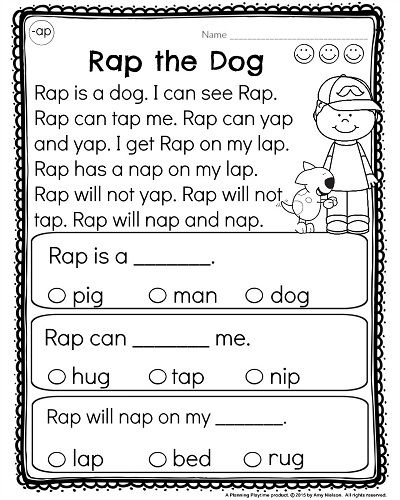Vowels activities for preschoolers
Fun and Quick Short Vowel Activities
Short vowel sounds tend to be fairly difficult for students to learn. They may have trouble distinguishing some of the sounds, such as ‘i’ and ‘e.’ This means they need lots of practice, using fun and quick short vowel activities for listening and also for reading.
When students start out with a weakness in the discrimination of vowel sounds, it follows that their spelling will suffer. And until they can master these sounds they will unfortunately struggle with reading across all grade levels.
Easy Short Vowel Activities
Teaching with visual and kinesthetic activities are effective ways to help your students with short vowels sounds.
Sand WritingPrepare this activity well in advance by starting a collection – a pack of paper plates is probably cheapest, but you can use anything you have spare – sand trays don’t need to be pretty! Add salt or sand – colored sand is always great fun! Just pour some sand onto your chosen objects for each of your students. Then say a short vowel sound, or a word containing that sound. Students can then write the letter in the sand while saying the sound and/or letter name. Another option for sand writing is to use the free Sand Draw app! Definitely less messy! Add magnetic letters for those students who still require some help with letter formation.
This simple but effective activity is a quick way for students to practice distinguishing short vowel sounds. You will need some picture cards. Have students work with no more than 2 or 3 sounds at a time. They can sort the pictures into columns or rows based on the vowel sound. They should then name each picture and say the vowel sound aloud.
Short Vowel Craft Stick ‘Puppets’These are super fun to make! Every classroom usually has loads of these lying around in boxes somewhere! Perfect for craft, but also perfect to make fun short vowel ‘puppets’ – students just love them! If you don’t have any, they can be bought cheaply from Amazon. I use the giant craft sticks, as these are less fiddly for little hands. This pack of 500 is a great deal with a 43% discount (affiliate). The teacher should say a word, students repeat the word, identify the short vowel sound and hold the correct ‘puppet’ aloft. Begin by asking them to say the sound as they hold up their puppets, but this could also be extended to the letter name and sound. Example: A says /a/
I use the giant craft sticks, as these are less fiddly for little hands. This pack of 500 is a great deal with a 43% discount (affiliate). The teacher should say a word, students repeat the word, identify the short vowel sound and hold the correct ‘puppet’ aloft. Begin by asking them to say the sound as they hold up their puppets, but this could also be extended to the letter name and sound. Example: A says /a/
When completing these sorts of activities, students can often appear to be successful, but it is important to remember that the real test comes when they actually begin to apply their learning in the context of reading ‘real’ texts. However, many students may require a transition stage, where they practice fluency first. Fluency strips are the perfect solution! They read a strip full of words, where the short vowel changes with each word. Students are required to pay very close attention to the changes.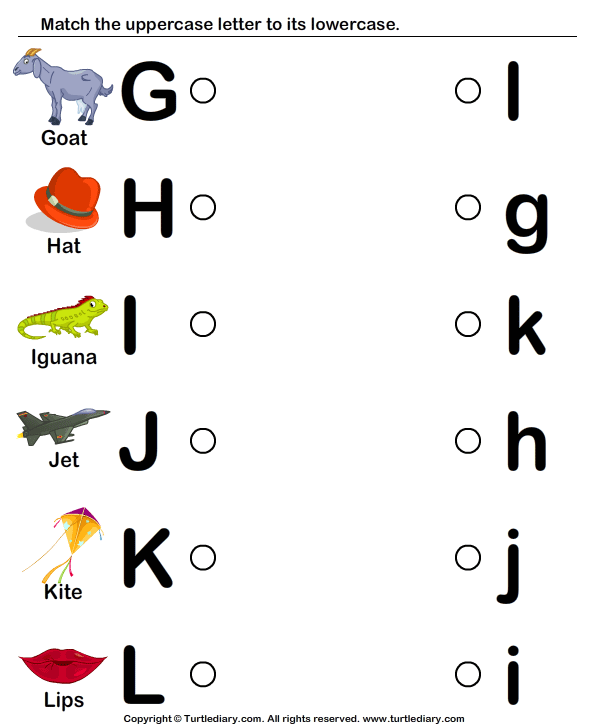 This type of activity is great for transitioning to ‘real text’. They are also useful in small group work, where students can demonstrate the progress they are making with accuracy and pace.
This type of activity is great for transitioning to ‘real text’. They are also useful in small group work, where students can demonstrate the progress they are making with accuracy and pace.
extension game
Short ChunksUse letter cards or magnetic letters to make word chunks with the vowel sounds. For example, you can chunk ‘a’ and ‘m’ together to make -am. Then brainstorm to make as many words as you can out of that chunk, such as ‘ham’ or ‘ram.’ There are so many variations of short chunks in this activity that you may want to do a quick 5 minutes in the morning or before dismissal. I have also completed this activity in teams, with a timer – rewards for winners should be made clear beforehand!
Incorporating CVC practice all year long, in as many ways as possible, will set your students on the road to being good readers. How do you practice short vowel sounds?
you may also be interested in reading:
- Fun Ways To Teach CVC Words
- Ideas for Teaching Digraphs
cvc resources you may wish to explore:
CVC Words Cut and Glue Worksheets | Short Vowels | Word Families
CVC Words | Small Group or Center Activities | Real and Nonsense Words
CVC Words Class Games | Bingo | Write The Room | Follow Me
CVC Words Center | Write and Wipe Cards | Word Work Activity
CVC Words Family Houses
CVC Words Family Houses Activity Worksheets
CVC Words | Word Families | Worksheets Games and Center Activities | BUNDLE
5 Easy Short Vowel Activities to Make Your Phonics Lesson POP! -
Let’s chat about 5 easy short vowel activities that will pop in your classroom.
 I know sometimes these short vowel lessons can get a little boring in the classroom. Do you ever get bored teaching short vowel lessons?
I know sometimes these short vowel lessons can get a little boring in the classroom. Do you ever get bored teaching short vowel lessons?We’ve talked about teaching phonics explicitly during reading instruction…it’s important!
What is the Difference Between Short Vowels and Long Vowels?
After reading the article from Classroom, they sum it well, “As the name would imply, short vowels have a much shorter pronunciation than long vowel sounds.”
Short vowels will make a shorter sound, whereas long vowels have a longer sound, saying the vowels’ exact name. Long vowel sounds allow the speaker to move their mouth from a closed position to an open one.
When dealing with short vowels, it will be 1 vowel closed in by a consonant or consonants. Examples: man, wet, fish, tub, moth
Long vowels have many more complicated spelling patterns. There are vowel teams, the magic e, open syllables, and more!
What are the Short Vowels?
As Classroom states, “Short vowels produce only one sound and do not require the speaker to open his mouth very wide.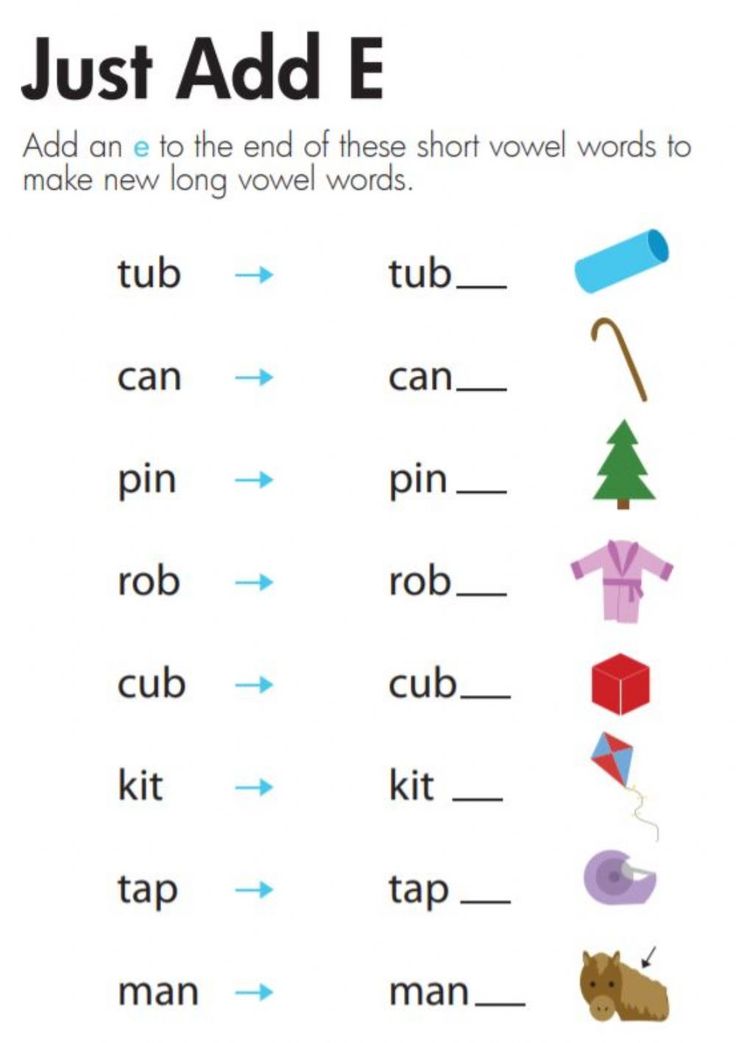 The speaker’s jaw is relaxed and barely moves during the production of short vowel sounds. The speaker’s tongue is placed in different positions but is also usually relaxed. Short vowels can occur in stressed syllables, such as “o” in offer, or unstressed syllables, like the first “o” in tomato.”
The speaker’s jaw is relaxed and barely moves during the production of short vowel sounds. The speaker’s tongue is placed in different positions but is also usually relaxed. Short vowels can occur in stressed syllables, such as “o” in offer, or unstressed syllables, like the first “o” in tomato.”
As a former first-grade teacher and current reading specialist, I like to start the school year off by teaching the short vowel sounds. What are the short vowels? A, E, I, O, and U!
The vowels are closed in by a consonant or consonants to make the short vowel sound. Watch this video on my Instagram to see it in action! Read more to learn more about the 5 Easy Short Vowel Activities!
5 Easy Ways to Teach Short Vowels
Using a sand tray to practice letters and perfect to practice short vowels. An example of using a vowel intensive drill to practice short vowel sounds. Using a house to practice open and closed syllables.Let’s discuss 5 easy short vowel activities! These 5 ideas will help the students grasp the concept of short vowels while having fun!
- Add Movement! When you teach the short vowel sounds, incorporate a movement for each sound.
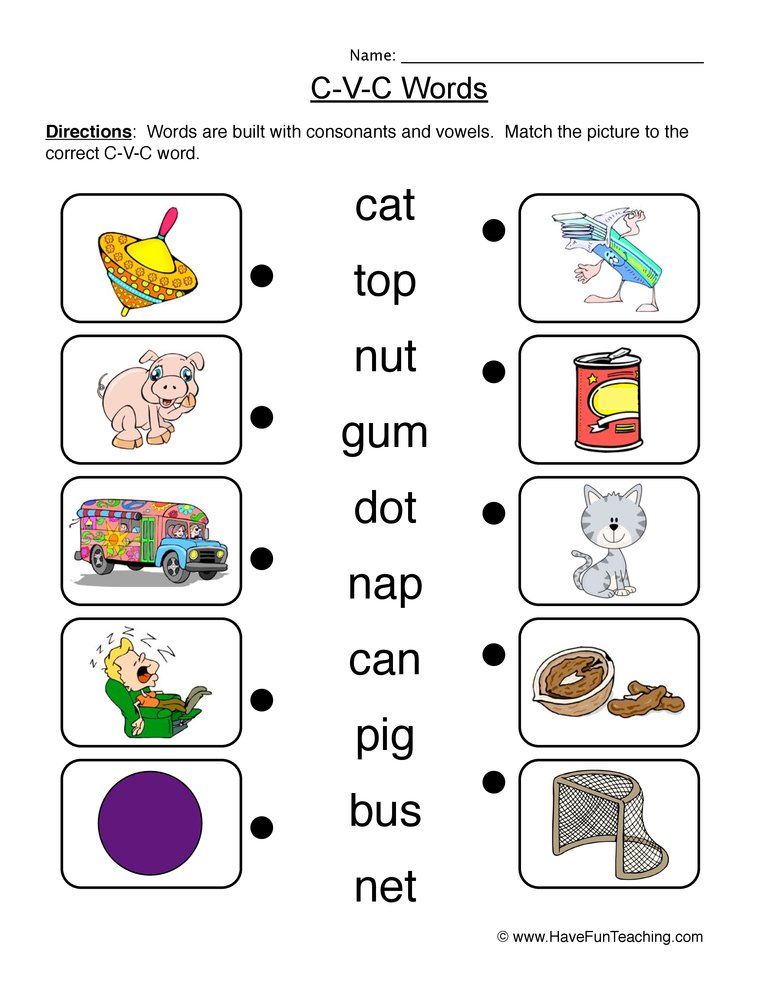 For example, for the short a sound…students can place their hand under their chin to feel the movement. Multi-sensory techniques will help make more brain connections as the students these short vowel sounds.
For example, for the short a sound…students can place their hand under their chin to feel the movement. Multi-sensory techniques will help make more brain connections as the students these short vowel sounds. - Closed Syllable Houses! Have the students make a little house with a door. Cut the door so it opens and closes. Laminate to reuse! Write CVC words onto the house to show how the consonant closes in the vowel and makes the vowel. This post will explain more about open and closed syllables! Here is my Instagram Reel that shows closed syllables in action.
- Sand Trays! Pour sensory sand or play sand onto a tray or plate. The teacher will say a sound, the students will write the corresponding vowel into the sand. Step it up by having the teacher say a word, the students will write the vowel into the sand.
- Vowel Intensive Drill: In Orton Gillingham, a wonderful way to practice the short vowel sounds is the vowel intensive drill.
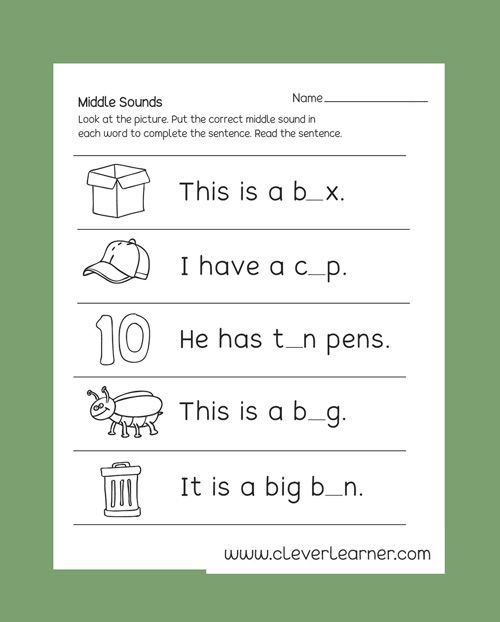 Each student will have the 5 vowels on separate notecards, in a little tent. See the photo below! The teacher will say a short vowel sound, the students will hold up the corresponding card. For example, if the teacher will say /ă/, the students will hold up the card. The students love this practice and it is a perfect multi-sensory activity.
Each student will have the 5 vowels on separate notecards, in a little tent. See the photo below! The teacher will say a short vowel sound, the students will hold up the corresponding card. For example, if the teacher will say /ă/, the students will hold up the card. The students love this practice and it is a perfect multi-sensory activity. - Use Visuals! Try out my teaching slideshow, “We Love Short Vowels”. It provides example words for each short vowel. The students can practice reading many words as they learn all about the short vowels. It also includes corresponding worksheets to practice each short vowel.
I hope you can incorporate some of the 5 Easy Short Vowel Activities in your own classroom.
Can’t I Just Teach Word Families?
Years ago as a teacher, I would begin each school year teaching word families. To begin, I’m not saying word families can’t have a place in the classroom, but it can’t be the only way short vowels are taught. Use word families as a strategy to teach short vowels, but not the ONLY way!
Use word families as a strategy to teach short vowels, but not the ONLY way!
All About Learning Press has an argument against relying solely on word families in your teaching.
“If you stop there—just teaching word lists grouped by word families—you will be severely disappointed in your teaching efforts.
Why? Because if you use word families incorrectly, students may end up just following the “pattern” of that particular lesson, blindly zipping through the spelling words without really learning them. What you intended to be educational and insightful becomes an exercise in following patterns—and the time you spent teaching spelling goes down the drain because your child can’t actually spell those words outside of the neatly organized list.
Another downfall of overemphasizing word families is the risk that your child will pay too much attention to the ends of words, skipping over the first part of the word to get to the answer. Instead, we want the student’s eye to start at the beginning of the word and move to the end of the word. Encouraging his eye to start at the end of the word and then jump back to the beginning of the word is reinforcing incorrect eye movement. We don’t want to reinforce dyslexic tendencies.”
Encouraging his eye to start at the end of the word and then jump back to the beginning of the word is reinforcing incorrect eye movement. We don’t want to reinforce dyslexic tendencies.”
“Use word families as a strategy to teach short vowels, but not the ONLY way!”
-RIndy Roberts, Learning with heart
By teaching the students to look from the beginning of a word to the end of a word, will be beneficial when they come to words with suffixes.
What about the science of reading?
I made a free guide for teachers and parents to make it easy to incorporate the Science of Reading with their students. The research behind the Science of Reading is so intriguing and I wanted to share how I incorporate it daily into my instruction.
I wanted to make it SIMPLE for teachers to make this shift to teaching phonemic and decoding skills explicitly.
Short Vowels & The Science Reading?
The science of reading is key when you are teaching.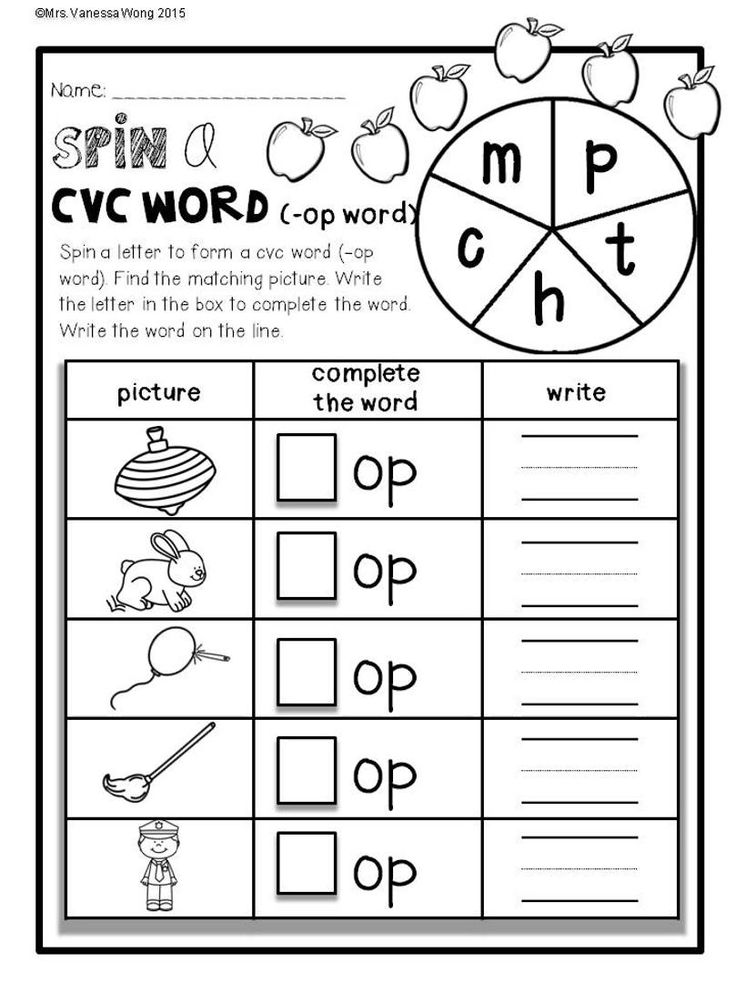 First, based on much research, teaching phonics explicitly will benefit all children. According to Secret Stories, “Decoding is essential to reading. It allows kids to figure out most words they’ve heard but have never seen in print, as well as sound out words they’re not familiar with. The ability to decode is the foundation upon which all other reading instruction—fluency, vocabulary, reading comprehension, etc… are built.”
First, based on much research, teaching phonics explicitly will benefit all children. According to Secret Stories, “Decoding is essential to reading. It allows kids to figure out most words they’ve heard but have never seen in print, as well as sound out words they’re not familiar with. The ability to decode is the foundation upon which all other reading instruction—fluency, vocabulary, reading comprehension, etc… are built.”
“Teaching phonics explicitly will benefit all children.”
The Orton Gillingham approach uses multi-sensory learning techniques to teach decoding, encoding, and blending sounds to build successful readers. Based on the Orton-Gillingham Academy, “The Orton-Gillingham Approach is a direct, explicit, multisensory, structured, sequential, diagnostic, and prescriptive way to teach literacy when reading, writing, and spelling does not come easily to individuals, such as those with dyslexia. It is most properly understood and practiced as an approach, not a method, program, or system.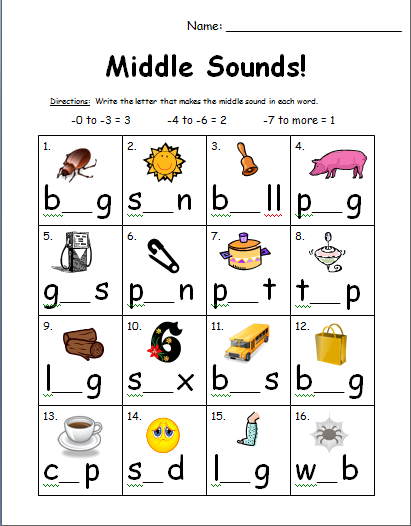 In the hands of a well-trained and experienced instructor, it is a powerful tool of exceptional breadth, depth, and flexibility.”
In the hands of a well-trained and experienced instructor, it is a powerful tool of exceptional breadth, depth, and flexibility.”
I have been using the Orton Gillingham approach in my classroom for 3 years now. By using this multi-sensory learning approach, the students are more likely to grasp and retain what they learn. Read more about why I love Orton Gillingham here!
Orton Gillingham phonics program has made such a difference in my classroom. It is a multi-sensory phonics curriculum. In the first grade curriculum, it builds on the correct letter formation in handwriting and the sounds the letters make.
The Orton-Gillingham Approach is multi-sensory and structured to teach reading, writing, and spelling.
It is commonly used for students with dyslexia, but can be used to help all students feel more confident when they read and write!
Resources to Help With Short Vowels
I have created the “We Love Phonics” program to make it easier for teachers to introduce and teach phonics skills.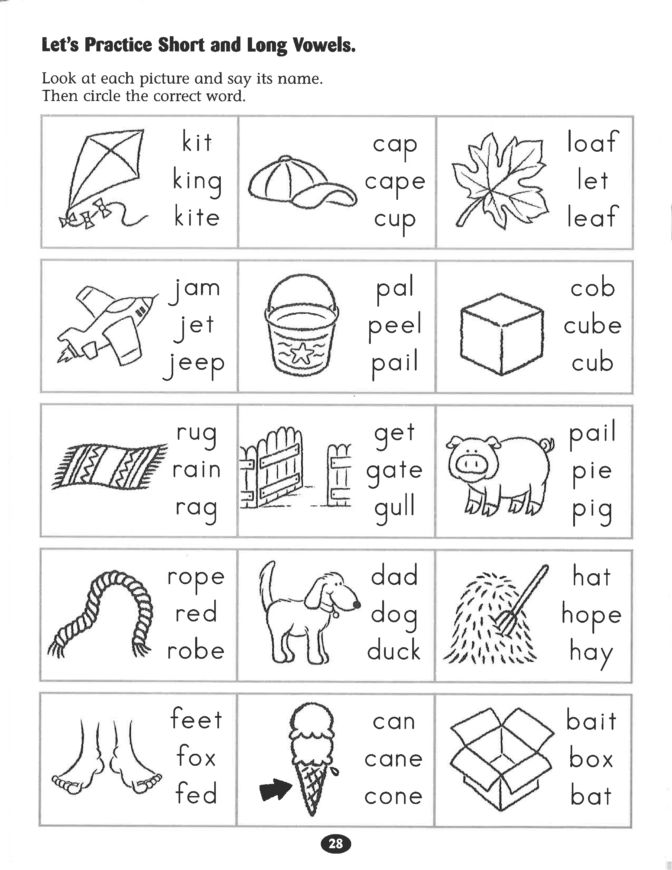 I have created a resource that will guide you for an entire school year, with lesson slideshows and worksheets that correspond to each skill.
I have created a resource that will guide you for an entire school year, with lesson slideshows and worksheets that correspond to each skill.
The short vowel resource will cover all 5 easy short vowel activities. The Open/Closed Syllable resource will explain how to break words into syllables, and the explanation of closed syllables with the short vowel sound. What are your favorite ways to teach short vowels?
This product will help with the steps to distinguish between open and closed syllables.Would you like the FREE Science of Reading Guide? Check out this FREEBIE!
90,000 summary of a lesson on the development of speech on the topic of vowel sounds | Plan-outline of the lesson (senior group):OOD "Development of speech.
Topic: Vowel sounds.
Type of OOD: practical exercises.
Type OOD: study of new material with elements of the past.
Purpose: to give the concept of vowel sounds, to continue to form the ability to select words for a given sound.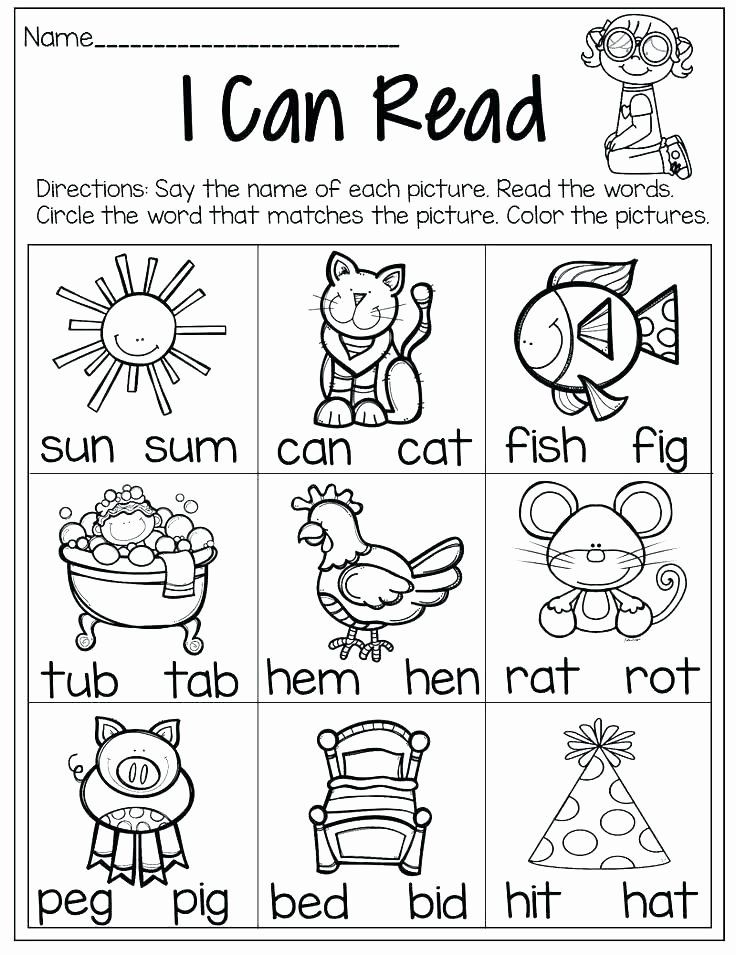
Tasks:
Educational:
to teach to determine the place of a vowel sound in words; practice making up words with vowels
Developing:
- development of visual and auditory attention.
Nurturing: developing the ability to interact with each other.
Teaching methods: visual, verbal, game.
Receptions: explanation, activation of attention, speeches, questions.
Equipment and materials: cards with vowels, red cardboard circles for each child, glove puppet Bear, writing, vowel pictures
HOD OOD
Organizational moment
Educator: Today the Bear came to visit us. And I just know the poem "About the Bear" by Heinrich Sapgir.
My friend Bear couldn't read,
he could roar and roar.
Once a letter came to him, it is unclear from whom.
He said in delight: Oh-oh-oh!
I met the Rabbit in the grass, he got up and scratched his head,
he doesn’t know what to say: Uh-uh .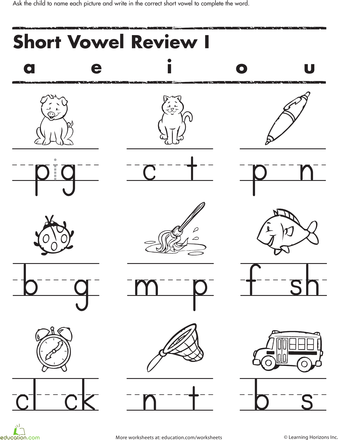 ..
..
And he saw Sarapul, my city where I live,
barked in surprise: Woo!
He sang a lullaby to his little son tenderly: Ah-ah-ah!
Well, Mishka had a voice - just a copper pipe.
He roared like the wind, all bears are like that.
In the thicket, three kilometers away from the lair, you can hear: S-s-s!
I said: "If only you could scribble a letter for us with your paw."
Main part
- Oh, E, S, U, A - that's all his words.
- Guys, does the Bear want to check if you know the vowels? Shows a card with a vowel, and the children call it.
The bear saw that you are all smart guys and wants to stay with us again.
- Vowels are always marked in red. Take the red circles and repeat after me:
A - open your mouth wider, don't be lazy and sing louder.
U - capriciously puffed out his lips, he stretched them out like pipes.
O - rounding his large lips, "o" slightly opened his teeth, pulled his tongue deeper, arched his back - o-o-o - sighed.
S - although a vowel, but quiet, he yawns all the time.
E - here, in thoughtful doubt, "e" expresses an opinion:
"uh-uh- I don't know what to say, it might be better to keep quiet.
And - a smile, a merry fellow, he laughs at the bell so that the sound jumps on a wide tongue, like on a saddle.
All: - There is no barrier anywhere for them, we are glad to sing these sounds.
- Guys, you have cards with pictures on your tables, look, they are different for everyone, but the name of each picture begins with a vowel sound. So, lift up those cards that begin with the vowel sound “A” and name your subject in turn, then “U”, “O”, “I”, “E”. Well done!
Exercise “Recognize the sound that I uttered without a voice”
Children should recognize a sound from a series of sounds by silent articulation and pronounce it.
"Listen carefully" game
It is necessary to repeat the sound chain.
AOUI, IAOE, OUIA, YUAO, IUAOA, AOUI.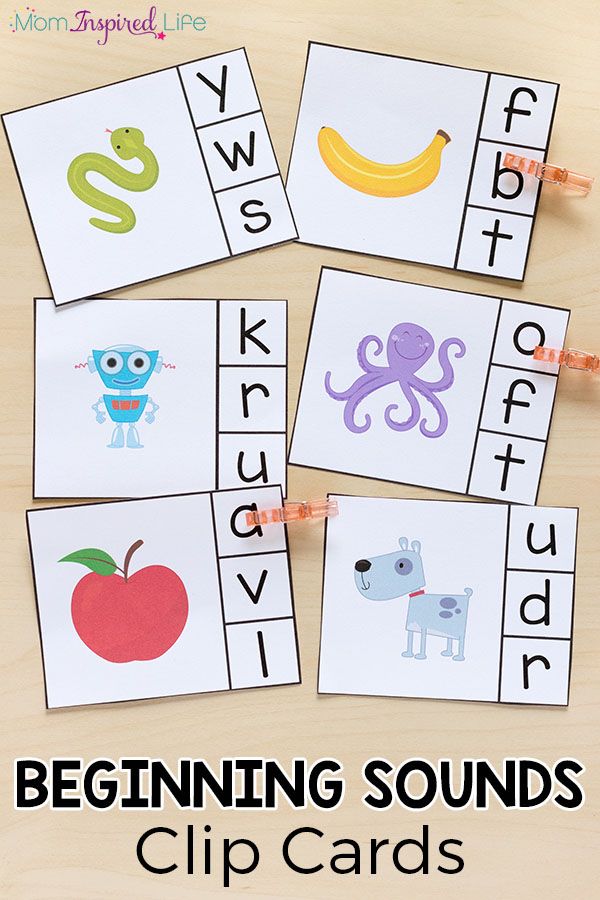
- Let's look at each other and be surprised (children raise their eyebrows). Let's show that we are happy (children smile). Outside the window is dreary and cloudy weather. Let's look out the window and frown our brows (children frown).
- And now let's repeat:
We know how to be surprised,
We know how to smile,
We know how to frown.
- Guys, now work in pairs. It is necessary to name the parts of the face, in the name of which there is a sound "O". (forehead, nose, mouth, eyebrows) Children determine that in these words the vowel sound is in the middle. Well done.
- I hope the Bear has learned a lot of new things and will quickly solve riddles, and the guys will help him.
Riddles about sounds:
- Sound opens the widest of all….
- Lips draw out the sound with a tube ....
- The lips look like an elongated circle near the sound ....
- The sound has the widest smile…
- The sound opens the mouth and raises the tongue…
- The sound opens the mouth and pulls the tongue back…
Reflection
- It's time for us to say goodbye to the Bear.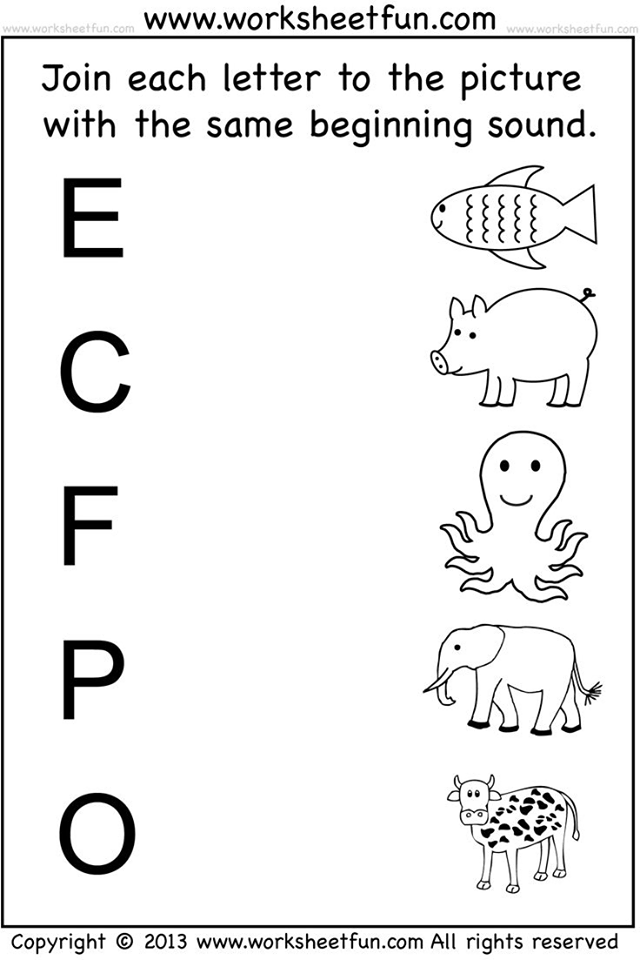 Well done guys, you did a great job!
Well done guys, you did a great job!
Abstract of the lesson on the topic Vowels A, U, O. | Outline of a lesson in teaching literacy (senior group):
Abstract of the lesson on the topic “Vowels “A”, “U”, “O”. Consolidation of the material covered.
Purpose: to consolidate children's ideas about the concepts of "sound", "letter", "word", knowledge is formed about the vowel sounds "A", "U", "O" and their letter designation.
Tasks:
- To consolidate children's knowledge about vowel sounds ("A", "U", "O") and their letter and symbol - a red square.
- Train in the ability to determine the place of a sound in a word (at the beginning, in the middle, at the end of a word).
- Make up words on your own, find given letters in the alphabet.
- By merging 2 sounds, combine them into the words "ay", "wa".
- To consolidate children's understanding of the concepts: "sound", "letter", "word".
- Continue to teach children to divide words into syllables.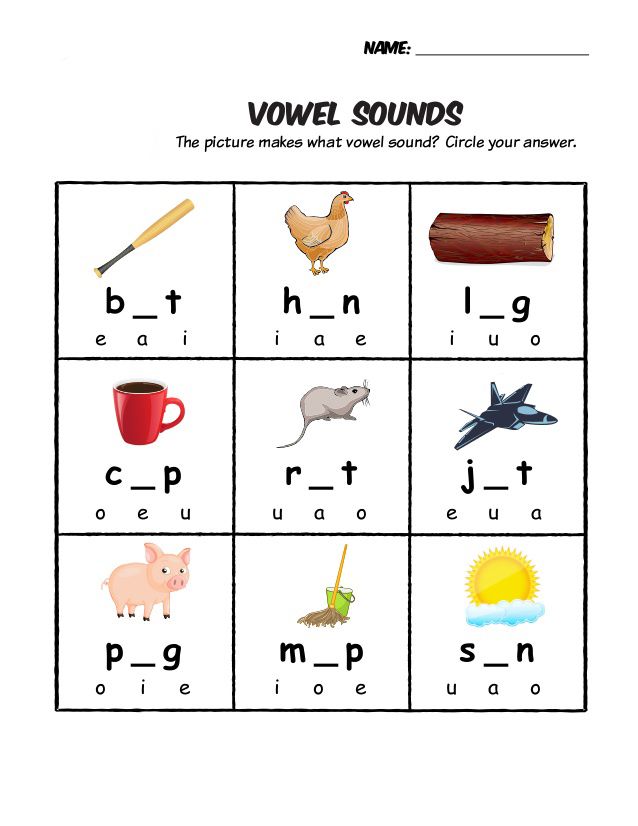
- Develop a sound culture of speech, phonemic hearing.
- Cultivate kindness, a sense of gratitude.
Equipment and materials:
3 red squares, printed letters "A", "O", "U", subject pictures, fruits and vegetables-dummy, 3 plates, hoops, doll, steering wheel, alphabet.
Lesson in progress.
Educator:
- Guys, do you like to travel? And let's go to the country "Alphabet Mania". Do you want to get to where the letters live? Is everyone ready to travel? The bus is waiting for us.
The conductor distributes tickets with the letters “A”, “U”, “O”. Each passenger needs to find their own chair (with the same letter). The driver takes his seat.
Teacher:
- To find out the first stop, say the first sound in the word "Bus". Let's hit the road. The song is bus. Children imitate movements, sing along.
First stop.
Educator:
Riddle:
Two columns diagonally,
And between them is a belt
(letter "A")
- Whose house is this? What letter? What colour is he?
Children: Red.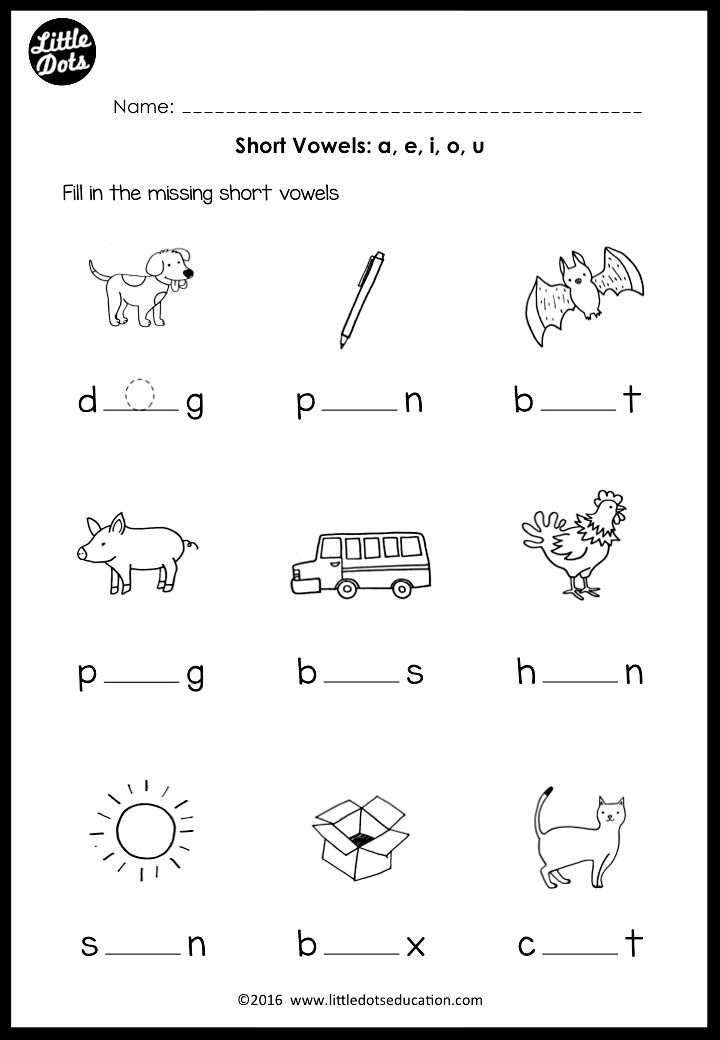
Educator: Why?
Children: Vowels are marked in red.
The letter "A" appears from the house. Children hold out the sound.
- What is the sound of a vowel or consonant (vowel)? We need to complete the task that the letter has prepared for us.
Where does sound live?
Children alternately find fruits in the pictures, in the name of which they hear the sound “A” at the beginning of the word, in the middle, and at the end (orange, banana, pear).
Educator:
- Guys, look, the letter "A" has prepared another task for us! What do you see in the basket (vegetables)?
To go further, we need to complete the task.
Game exercise: “Put the vegetables on plates” (depending on the syllables: 1 syllable, 2 syllables, 3 syllables). (Onion, garlic, cabbage, tomato, ...)
Children put vegetables on plates. Other children check with claps.
Educator:
- How many vegetables are in each plate? The letter "A" liked the way we completed the task, and she gives us these gifts to take with her to kindergarten. We'll feed the other guys.
We'll feed the other guys.
Children go to the bus.
We take our seats and move on. Music sounds.
Second stop.
Guess the riddle:
There is a hollow in an old tree
Well, just like the letter… (“O”).
Educator:
- Which letter house do we see? What colour is he?
Children: Red.
Educator: Why?
- Stretch this sound.
The letter "O" comes out. She also prepared a task for us.
The game “Which word contains the sound “O”. The teacher says the words. Children clap their hands if the sound "O" lives in the word. (Scooter, watch, wasp, sleigh, boots, dog, fox, chair, cloud, beads, elephant)
Educator:
- The letter "O" thanks the guys for the tasks they completed.
Moving on. Children take seats on the bus. Let's move on to the music.
Third stop.
Riddle:
Who is that on the path
Carrying his house on the back (snail)?
- Say the first sound.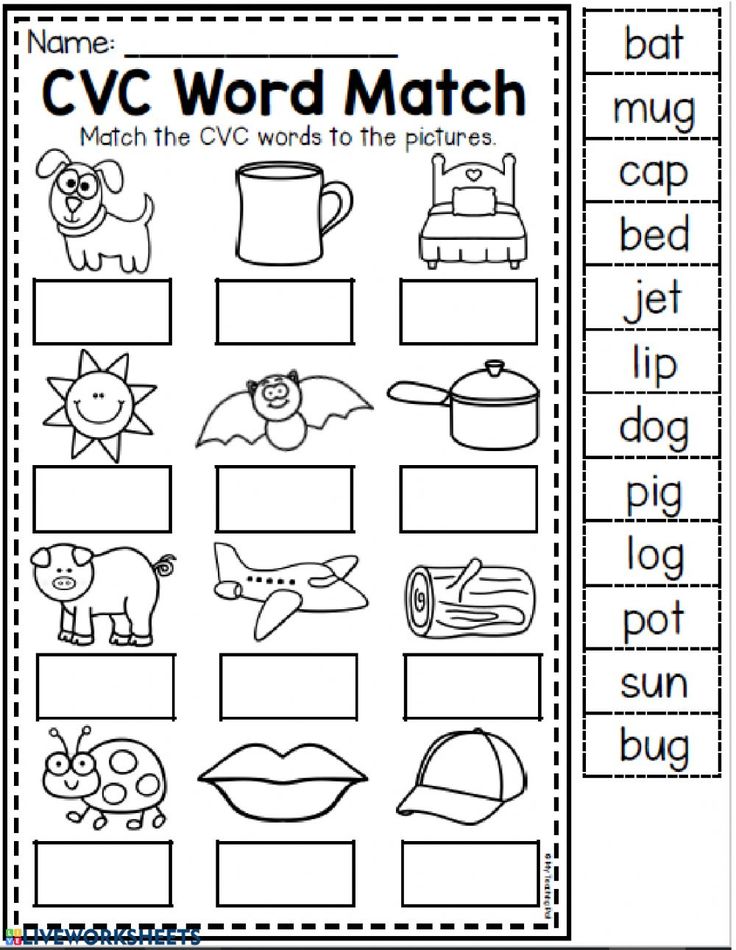
The letter "U" comes out. Asks children to come up with words with the sound "U" at the beginning, in the middle, and at the end of the word. (Duck, iron, mustache, fishing rod; bag, dishes, doll; kangaroo, sitting)
Educator:
- What color is the house near the letter "U"? Why?
- It turns out that the letter "A" came to visit the letter "U" (the letter "A" comes in front of the letter "U"). What happened? Children read: "A-U."
- Where did you hear such sounds (in fairy tales).
Demonstration of illustrations for the fairy tale "Mashenka and the Bear".
- The letter "U" prepared a doll for us as a gift. Does the sound "U" live in the word "doll"?
Teacher reads a quatrain:
- I have a girl,
Her name is Alyonushka,
Chorus girl,
0002 Round head.All day: "Wah, wah."
That's all her words.
- How does Alyonushka cry? Let's use our letters to put these sounds together. Children swap letters, read "" Wah ".